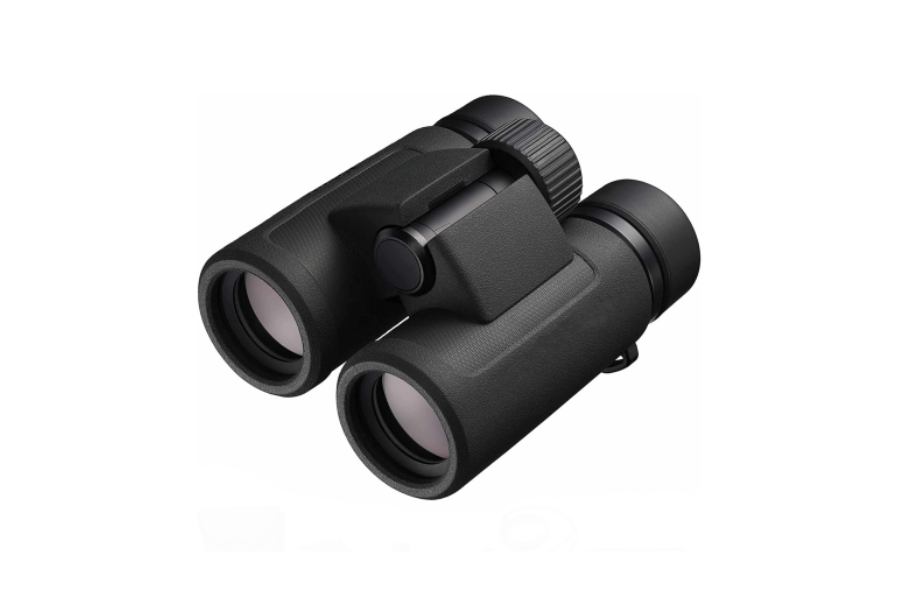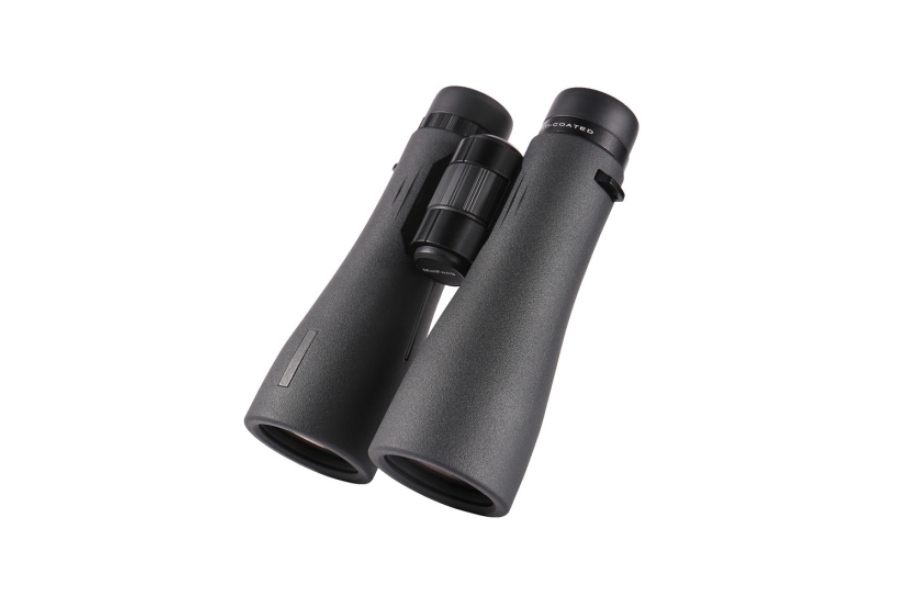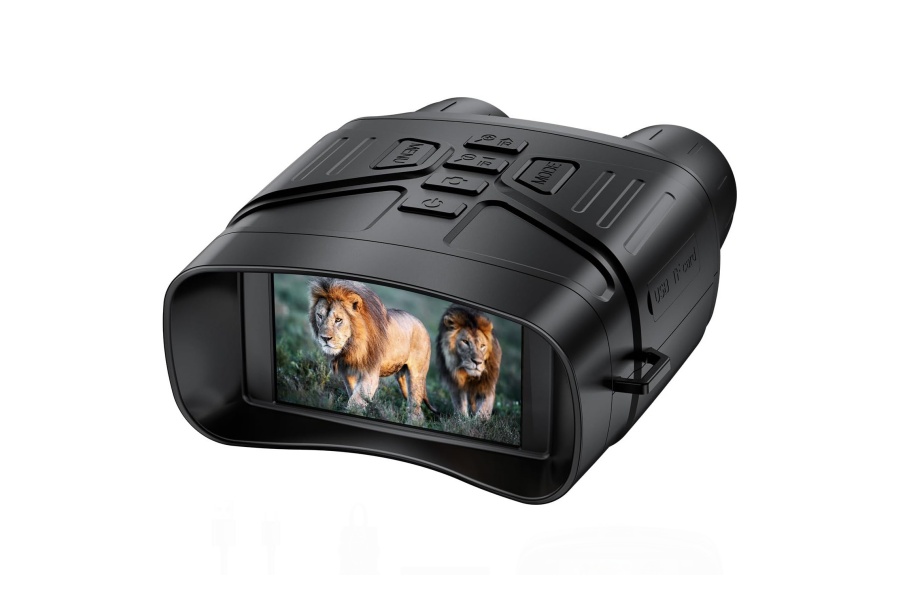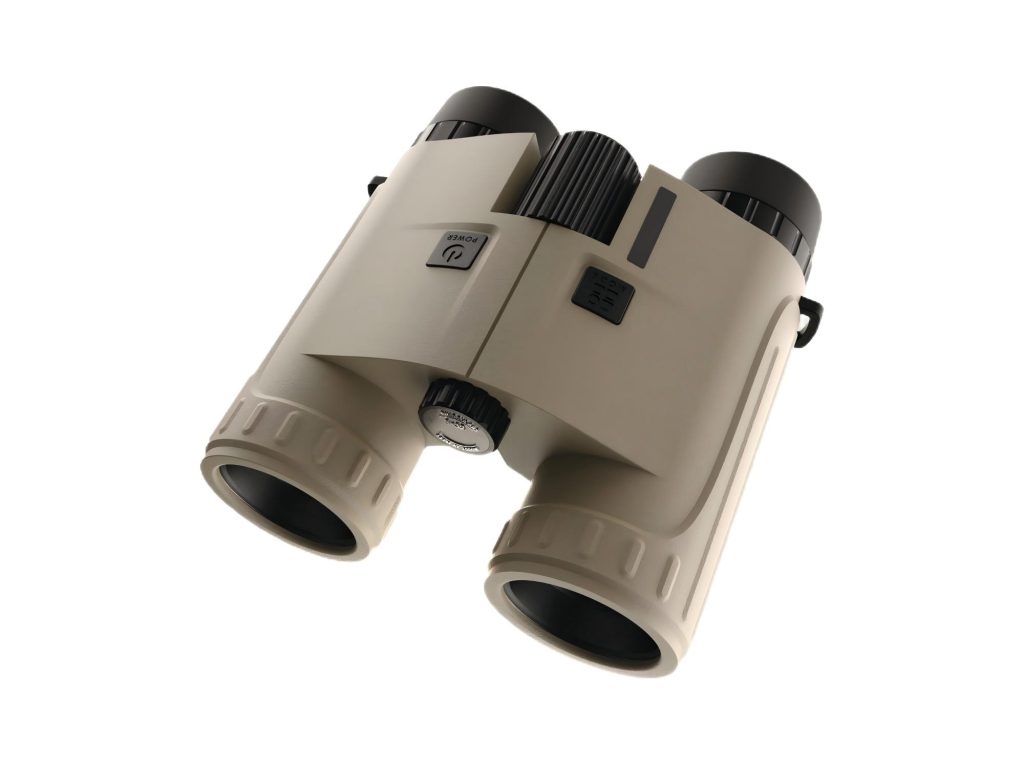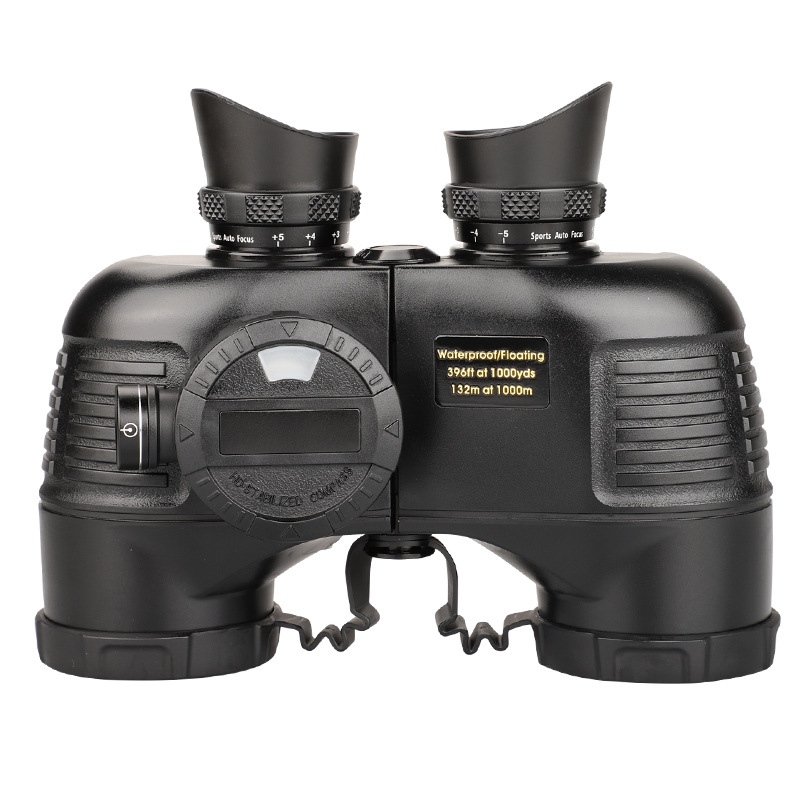Binoculars are indispensable tools for nature enthusiasts, sports fans, and stargazers. However, the market offers a bewildering range of options, from budget-friendly models to high-end binoculars costing thousands of dollars. This raises the question: are expensive binoculars always better? In this article, we’ll explore how binoculars’price relates to their performance, helping you determine the best choice for your needs.
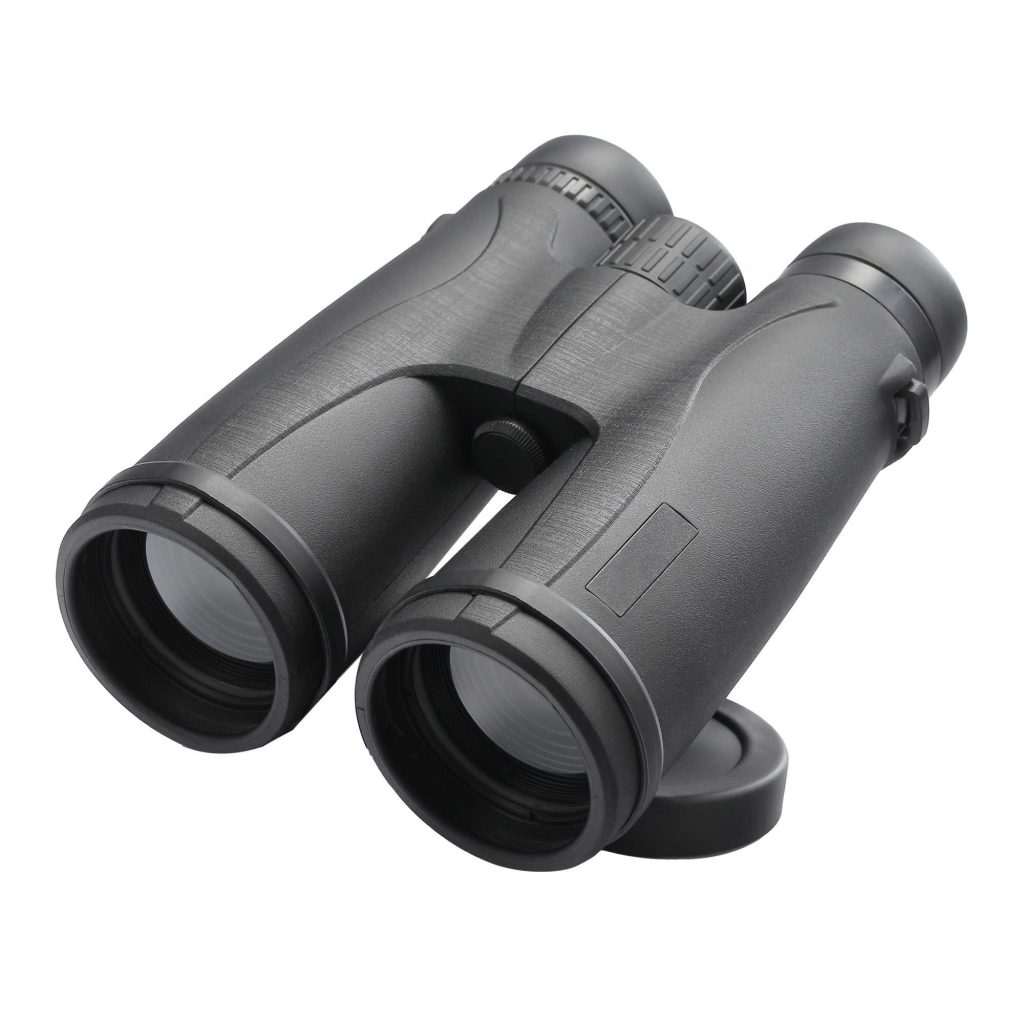
Understanding Binoculars: Features and Factors
To understand the link between price and performance, it’s crucial to first grasp the fundamental components and factors that define a pair of binoculars. These elements directly impact the viewing experience and the overall quality of the instrument.
Key components of binoculars:
- Lenses (aperture size, coatings): The objective lenses, located at the front of the binoculars, are responsible for gathering light and forming the initial image. The aperture size, measured in millimeters (e.g., 42mm in 8×42 binoculars), dictates the amount of light collected. Larger apertures result in brighter images, especially in low-light conditions, and offer higher resolution, allowing you to see finer details. Lens coatings are thin layers of chemical compounds applied to the lens surfaces to reduce light reflection and scattering, thereby increasing light transmission, contrast, and color fidelity. Higher-quality binoculars often feature multiple layers of advanced coatings (fully multi-coated) for optimal light transmission and image clarity.
In essence, the lenses are the eyes of your binoculars. Larger, well-coated lenses capture more light and deliver brighter, sharper, and more detailed views.
- Magnification: The first number in a binocular specification (e.g., 8×42) indicates the magnification, which is how many times larger the subject appears compared to viewing it with the naked eye. Higher magnification brings distant objects closer but also reduces the field of view and can amplify hand shake, making the image less stable.
Magnification is about bringing the subject closer, but it’s a trade-off with the stability and the amount of the scene you can see.
- Prism type (roof vs. Porro prisms): Prisms are internal optical elements that correct the inverted image produced by the objective lenses and shorten the physical length of the binoculars. Porro prisms are the traditional design, characterized by their offset eyepieces and a wider, bulkier shape. They generally offer excellent image quality and are often more cost-effective to manufacture. Roof prisms allow for a more compact and streamlined binocular design, with eyepieces that are in line with the objective lenses. However, they require more complex manufacturing processes and often benefit from phase correction coatings to prevent light wave interference and maintain image sharpness and contrast.
The type of prism affects the binocular’s shape and can influence image quality and cost, with roof prisms often commanding a higher price due to their complexity and the need for specialized coatings.
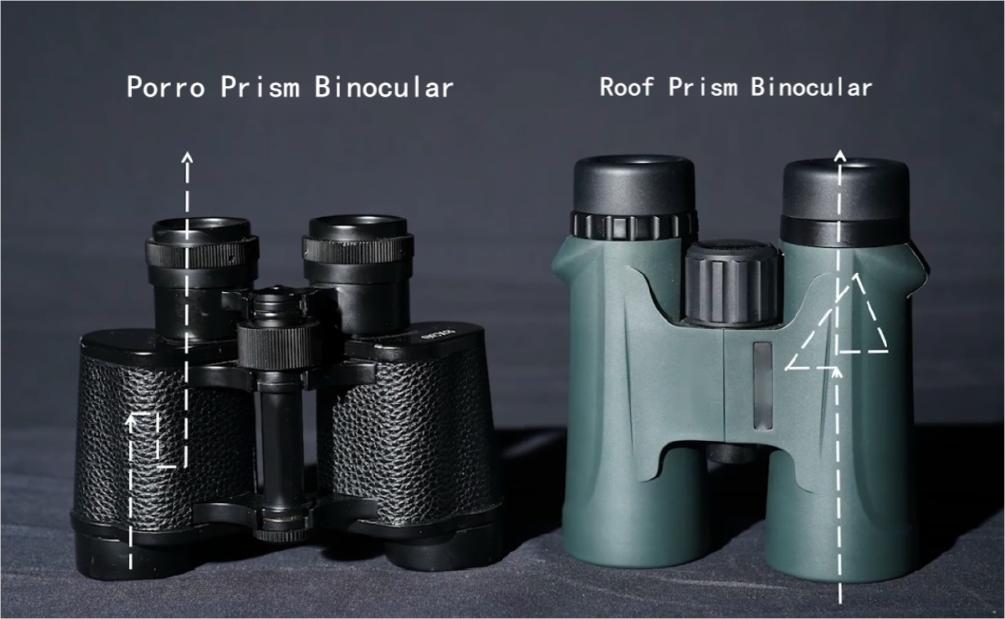
- Field of view and eye relief: Field of view (FOV) refers to the width of the area you can see through the binoculars at a given distance. It’s often expressed in degrees or as a linear width at 1000 yards or meters. A wider field of view is beneficial for tracking moving objects or observing broad landscapes. Eye relief is the distance between the eyepiece lens and your eye when the full field of view is visible. Sufficient eye relief is crucial for comfortable viewing, especially for those who wear eyeglasses.
A wide field of view lets you see more of the action, while adequate eye relief ensures comfortable viewing, particularly for eyeglass wearers.
Factors affecting binocular performance:
Optics quality: This encompasses the quality of the glass used, the precision of the lens grinding and polishing, and the effectiveness of the coatings. Higher-quality optics translate to sharper images, better color rendition, higher contrast, and minimal distortions across the field of view.
Durability and build materials: The materials used in the binocular’s construction and the robustness of its build determine its ability to withstand wear and tear, as well as environmental factors like water and dust. Features like rubber armoring, nitrogen purging (to prevent internal fogging), and waterproof seals contribute to durability and longevity, often found in higher-priced models.
Comfort and usability: Ergonomic design, weight balance, and the smoothness of the focusing mechanism significantly impact the overall user experience. Features like textured grips, comfortable eyecups, and a precise focus wheel contribute to ease of use during extended viewing sessions.
Beyond optical prowess, the comfort and ease of handling can greatly enhance your enjoyment and effectiveness when using binoculars. A well-built binocular using durable materials is an investment that will withstand the rigors of regular use and challenging conditions.

Price vs. Performance
The price of binoculars reflects a combination of the quality of the components, the complexity of the design and manufacturing processes, the brand’s reputation, and the included features and warranties. Understanding what you’re paying for can help you discern whether the price justifies the performance.
What does the price include?
- Premium materials: High-end binoculars often utilize superior quality optical glass with exceptional purity and refractive properties. They may also employ durable and lightweight materials like magnesium alloys or carbon fiber for the body, contributing to both robustness and comfortable handling.
- Brand value and warranties: Established and reputable brands often command higher prices due to their history of quality, innovation, and reliable customer support. Their prices may also include longer or more comprehensive warranties, offering peace of mind.
- Advanced technology and features: Higher-priced binoculars may incorporate advanced technologies such as phase correction coatings on roof prisms, dielectric coatings for maximum light reflectivity, field flatteners to eliminate edge distortion, and sophisticated internal focusing systems. They might also include features like image stabilization or integrated laser rangefinders.
Cutting-edge technology and specialized features often come with a higher price tag but can significantly enhance performance in specific applications.
Differences between mid-range and premium options:
Mid-range binoculars (typically priced between $300 and $800) often offer a good balance of performance and affordability. They usually feature decent quality optics with multi-coatings, reasonably durable construction, and comfortable ergonomics. However, compared to premium options (priced above $800), they might exhibit:
- Slightly less sharp image quality: Premium binoculars often have superior edge-to-edge sharpness and minimal chromatic aberration (color fringing).
- Lower light transmission: High-end models often boast superior lens coatings and prism materials, resulting in brighter images, especially in dim light.
- Less robust build quality: Premium binoculars often use more rugged and lightweight materials and have more comprehensive weatherproofing.
- Fewer advanced features: Features like image stabilization, integrated rangefinders, or exceptionally wide fields of view are typically found in higher-end models.
Mid-range binoculars provide a solid performance for the price, but premium options often deliver noticeable improvements in optical clarity, durability, and advanced features.
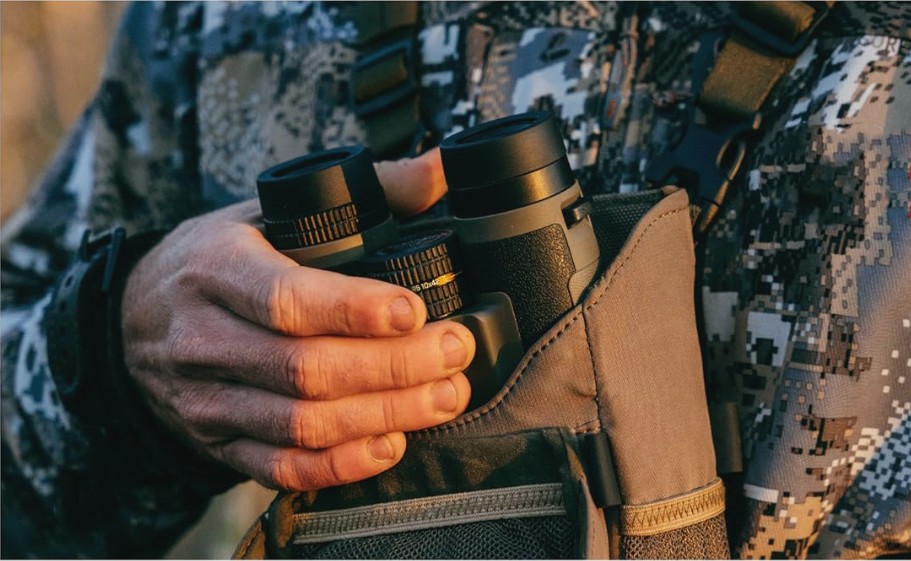
Scenarios Where Expensive Binoculars Shine
While affordable binoculars can be adequate for many casual uses, there are specific situations where the investment in a more expensive pair truly pays off in terms of enhanced performance and capabilities.
Professional uses:
Astronomy: Observing faint celestial objects requires binoculars with large apertures to gather as much light as possible and high-quality optics to resolve fine details. Expensive astronomy binoculars often feature oversized objective lenses (70mm or larger), excellent coatings, and are designed to minimize light loss. For instance, the Celestron Echelon Series (often priced well over $1000) is favored by amateur astronomers for its exceptional light-gathering ability and sharp views.
Wildlife observation: Professional wildlife observers and researchers often require binoculars with exceptional image detail, color accuracy, and low-light performance to identify and study animals in various conditions. Durability and weather resistance are also crucial. Brands like Swarovski, Leica, and Zeiss offer premium binoculars (often costing $2000+) renowned for their optical excellence and ruggedness, such as the Swarovski EL series or the Leica Noctivid.
Surveillance: Law enforcement and security professionals often rely on binoculars with high magnification, clarity, and durability for surveillance purposes. Features like long eye relief for comfortable extended use and robust construction are paramount.
Extreme conditions (e.g., marine or harsh weather environments): Professionals working in marine environments or extreme weather conditions require binoculars that are not only waterproof and fog-proof but also built to withstand the corrosive effects of saltwater and the rigors of demanding use. High-end marine binoculars often feature rugged rubber armoring, nitrogen purging, and specialized coatings to repel water and prevent damage. Models like the Steiner Navigator Pro series (in the mid to high price range) are known for their durability and marine-specific features.
In some professional or harsh environments, the robust construction and specialized features of premium binoculars ensure reliable performance and longevity, protecting the investment.
Advanced optics needs:
Image clarity and low-light performance: If you frequently observe in dawn, dusk, or heavily shaded areas, or if you demand the absolute sharpest and most detailed images with minimal distortion and chromatic aberration, high-end binoculars with superior optical glass, advanced coatings, and precise manufacturing will provide a noticeable advantage.
Long-term durability: If you intend to use your binoculars frequently and in various conditions for many years, investing in a well-built, high-quality pair can be more cost-effective in the long run compared to replacing cheaper, less durable models.
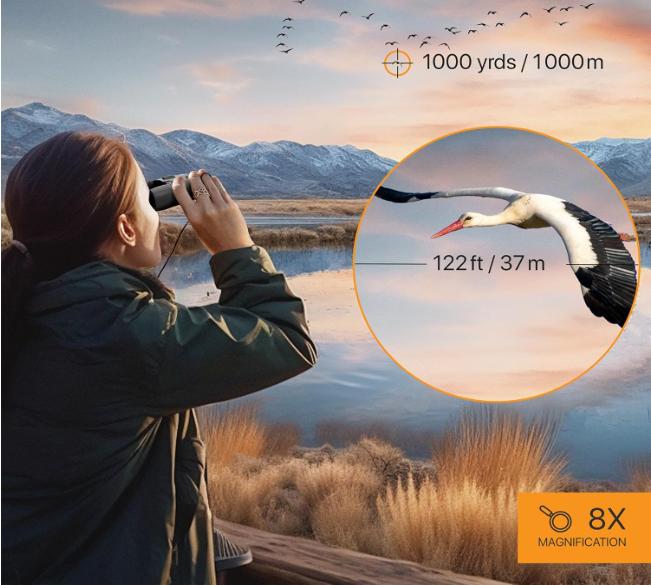
When Affordable Binoculars Are Enough
For many casual users, the performance offered by more affordable binoculars can be perfectly adequate for their needs. You don’t always need to break the bank to enjoy a good viewing experience.
For casual users:
Recreational hiking, backyard birdwatching, or sporting events: For these activities, where extreme detail or low-light performance isn’t critical, a decent pair of binoculars in the $100-$300 range can provide enjoyable views. Features like moderate magnification (8x or 10x) and a comfortable field of view are often sufficient.
Affordable gems:
Brands like Foreseen Optics offer excellent budget-friendly options that deliver solid performance. Look for models with:
- Multi-coated lenses: This is a key feature to look for even in budget-friendly options as it significantly improves brightness and contrast.
- BAK4 prisms: These prisms are generally considered superior to BK7 prisms, offering a rounder exit pupil and less light loss at the edges, resulting in a brighter and sharper image.
- Reasonable magnification (8x or 10x) and objective lens size (32mm or 42mm): These are versatile configurations suitable for a wide range of activities.
- Positive user reviews: Researching online reviews can provide valuable insights into the real-world performance and durability of affordable models.
By focusing on key features like multi-coated lenses and BAK4 prisms, you can often find surprisingly capable binoculars at budget-friendly prices.
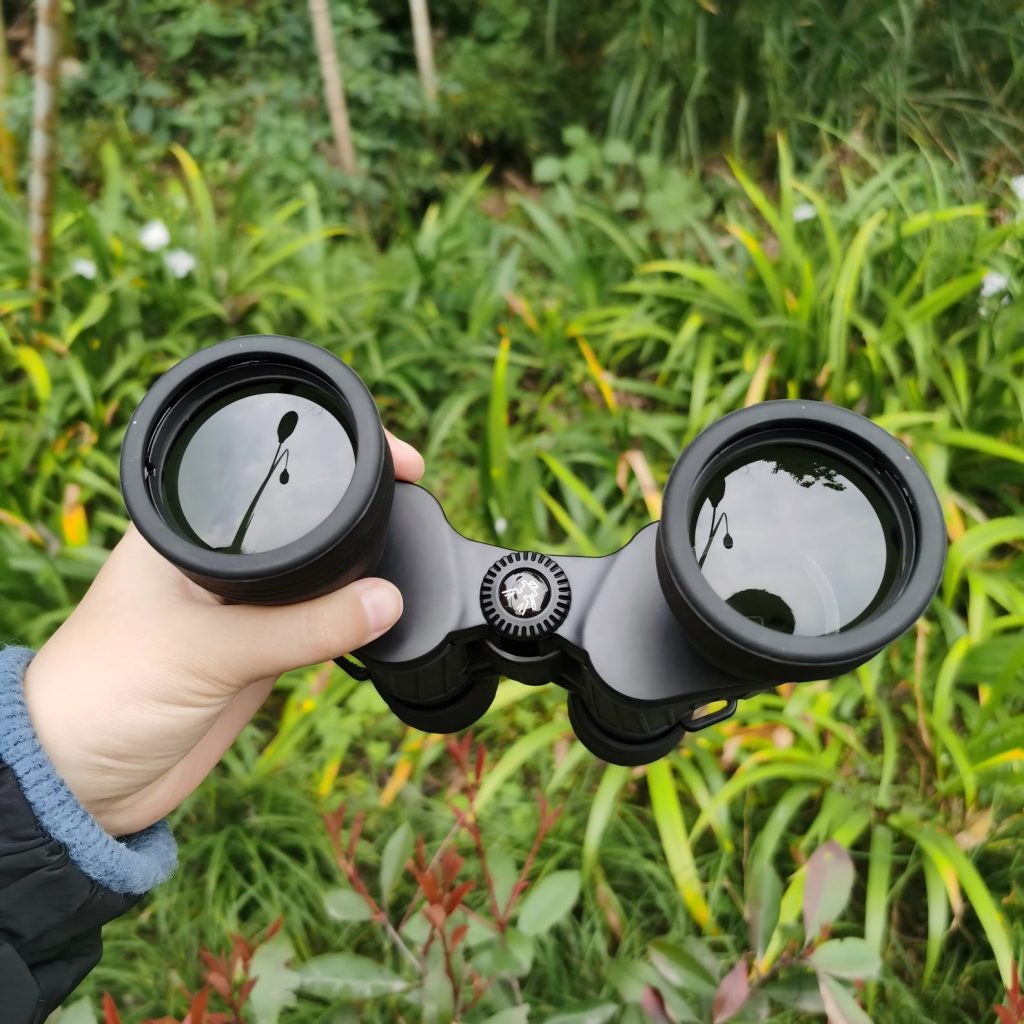
How to Choose the Right Binoculars for You
Ultimately, the best binoculars for you depend on your specific needs, intended uses, and budget. Here are some key steps to guide your decision:
Define your purpose and budget: Consider what you’ll primarily be using the binoculars for (e.g., birdwatching, hiking, astronomy) and how much you’re willing to spend. This will help you narrow down the key features and performance levels you require.
Test before buying: If possible, try out different pairs of binoculars in person. Hands-on testing allows you to assess comfort and optical quality firsthand, ensuring a better fit for your individual preferences. Pay attention to the image clarity, brightness, comfort in your hands, and the smoothness of the focus mechanism. Look at objects at different distances and in varying light conditions.
Look beyond the price tag: While price can be an indicator of quality, it’s not the only factor. Focus on the specifications and features that are most important for your intended use. Read reviews and compare different models within your budget. Sometimes, a slightly less expensive model from a reputable brand might offer better performance for your specific needs than a more expensive one with features you won’t utilize.
So, are expensive binoculars always better? The answer, as we’ve explored, is nuanced. While premium binoculars often offer superior optical performance, enhanced durability, and advanced features that justify their higher cost for professional users and those with demanding needs, more affordable options can be perfectly adequate for casual use. The key lies in understanding the features and factors that influence binocular performance and carefully considering your own specific requirements and budget. By defining your purpose, testing different models if possible, and looking beyond the price tag, you can unlock the world of magnified vision with a pair of binoculars that perfectly balances performance and price for you.

